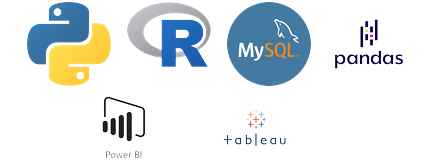What are LOD – Level of Detail Expressions in Tableau
Level of Detail (LOD) expressions in Tableau are a powerful tool for performing calculations that aggregate data at different levels of granularity. They allow you to perform calculations that are not possible with standard aggregations or calculations in Tableau. There are three types of LOD expressions in Tableau: Syntax: {FIXED [dimension1], [dimension2], … : [expression]} …
What are LOD – Level of Detail Expressions in Tableau Read More »

